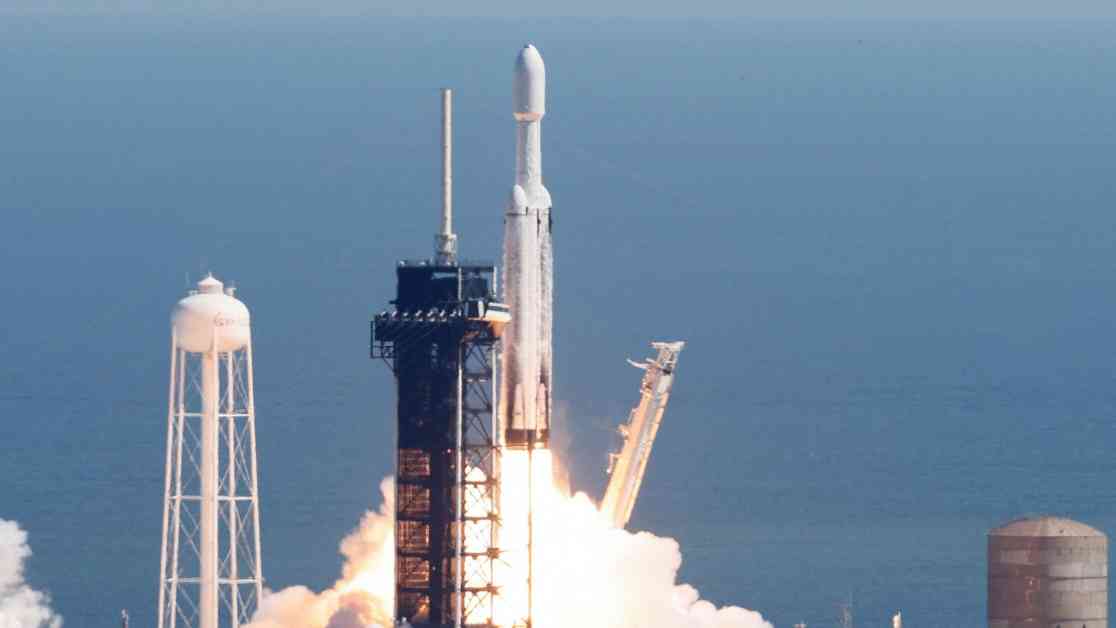NASA has launched a spacecraft named Europa Clipper from Florida on a mission to explore Jupiter’s moon Europa to determine if it could support life. The spacecraft was launched on a SpaceX Falcon Heavy rocket from Kennedy Space Center at Cape Canaveral. Despite being delayed by Hurricane Milton, the spacecraft is now on its journey to investigate the potential for life on Europa.
The main scientific goal of the mission is to discover if there are areas below Europa’s icy surface that could sustain life. Scientists are particularly interested in the salty liquid water ocean that lies beneath Europa’s icy shell. This ocean is estimated to be 40-100 miles deep, making it a promising environment for potential life forms.
The Europa Clipper spacecraft is equipped with nine scientific instruments and will travel 1.8 billion miles over approximately five and a half years to reach Jupiter. Upon entering Jupiter’s orbit in 2030, the spacecraft will conduct 49 close flybys of Europa over three years. During these flybys, the spacecraft will collect detailed measurements to study the moon’s composition and geological features.
While the Europa Clipper will not directly search for life, it will focus on identifying the necessary ingredients to sustain life. By searching for organic compounds and other clues beneath the icy surface, the spacecraft aims to determine if Europa could be a habitable world beyond Earth in our solar system.
The spacecraft itself is massive, measuring around 30m long and 17m wide with its antennas and solar panels. Weighing nearly six tonnes, it is the largest spacecraft NASA has ever built for a planetary mission. The solar panels on the spacecraft will gather sunlight to power its scientific instruments and subsystems throughout the mission.
Europa, with its vast global ocean of salty liquid water, is considered a potential habitat for life beyond Earth. The moon, which is the fourth-largest of Jupiter’s moons, has intrigued scientists with its potential for hosting life forms due to its substantial water content.
NASA’s Europa Clipper mission aims to understand the nature of Europa’s ice shell and the ocean beneath it, as well as study the moon’s composition and geology. By exploring Europa in detail, scientists hope to gain insights into the astrobiological potential of habitable worlds beyond our planet.
According to the mission’s deputy project scientist Bonnie Buratti, there is strong evidence to suggest that the ingredients for life exist on Europa. However, further exploration is needed to confirm these findings. The Europa Clipper mission is a crucial step in advancing our understanding of potential life beyond Earth and exploring the conditions that could support life in our solar system.










